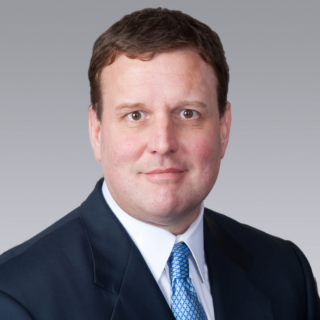The ubiquitous phrase “Live-work-play” (LWP) has increasingly become a standard by which successful mixed-use developments are measured. But a couple of key things are missing!
Live-work-play was not invented by real estate developers or urban planners. It’s something that we may not even realize we have always wanted and now demand. What’s at the root of this demand for LWP? And why does the acronym fall short of describing what we really want?
Also: Are condominiums back? | Now is the time to get the workplace right
First, let’s give this concept the more apt name it deserves: Live-work-play-eat-shop (LWPES).
You don’t have to look further than the forces of human nature to understand why we aspire to an existence centered on LWPES. But there is another force unique to rapidly-growing metropolitan areas like Washington, D.C., which drives our LWPES needs. Let’s examine both:
In 1943, Abraham Maslow published “A Theory of Human Motivation,” which included what is now known as Maslow’s hierarchy of needs. In a nutshell, it puts forth the theory that our basic human needs must be satisfied before we can become the evolved, self-actualized social beings that (we think) we are. Those primary needs include shelter and property (live); employment and financial security (work); health, well-being, basic socializing and “belongingness” (play); food and water (eat); and finally clothing and “security of resources” (shop).
Plus: Why the outlook is bright for self-storage | How A is your Class A building?
In considering the argument for adding the latter two (eat and shop) to the paradigm, maybe you have to look beyond things like the primordial need for food that has caused humans and animals alike to migrate to “new places” from the beginning of time. Clothing was another essential (for humans, anyway) to stave off that unfortunate thing called extinction. Fast forward to our century, where we have become evolved (but not necessarily more civilized) humans. Eating and shopping are less about survival now, yet they remain essential elements in choosing a new place to live.
But the other force that drives us to a LWPES existence is unique to metropolitan areas like D.C. It is a product of our own success in becoming one of the most desirable places in the world to live. In the cycle of growth of a metropolitan area, the beginning is characterized by people living in an urban core that’s centered on an activity such as government or commerce. This is followed by an act of escape from urban living to a presumably better quality of life and/or pursuit of centers of employment that shift to the suburbs. Eventually, this pattern leads to the undesirable condition of “suburban sprawl.” Finally, this results in the backlash we are currently experiencing in the D.C. area and in many other relatively healthy markets nationally — what many experts are calling re-urbanization. It is a phenomenon that will, by many credible estimates, cause 85 percent of us to be living in urban areas by the year 2050.
Re-urbanization means that people, especially Millennials and empty-nesters, are moving back downtown or to suburban “town centers.” They want to live there, work there, play there, eat there, shop there — not just because it’s the “place to be” but because of the horrendous traffic here in the greater D.C. area and just about everywhere else. It has made us so fed up with going somewhere by car (actually, more often going nowhere) that we have become “provincial.”
We want the luxury of having within walking or biking distance everything essential to meeting our own hierarchy of needs. And everything else that lies outside our little “village” should still be just a Metro, trolley or Uber ride away.
The visionary planners, urban land owners and developers already know this, but the rest of us take note: The re-urbanization process is likely to take many forms and spawn many trends along the way. However, LWPES will increasingly be the fundamental driver. That’s not such a radical paradigm shift when you think about it. It’s just human nature.
Steve is Senior Vice President of Colliers International in Washington, D.C. Having worked for both owners and occupiers, he writes about regional and national business trends. In his spare time, Steve is an accomplished cook and is also putting the finishing touches on his first movie screenplay. Connect with Steve on LinkedIn.

 Colliers Insights Team
Colliers Insights Team

 Anjee Solanki
Anjee Solanki

 Coy Davidson
Coy Davidson